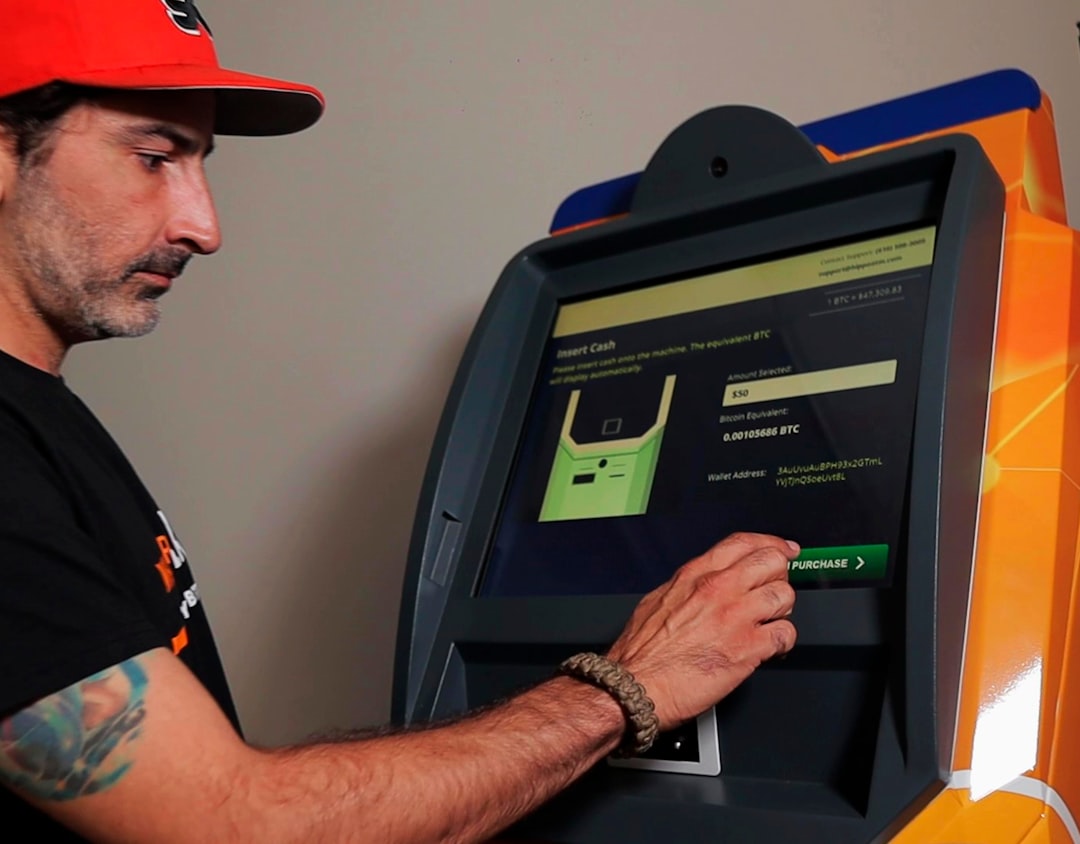In modern baseball, analytics have become an indispensable tool for building lineups, defensive alignments, and—the focus of this article—managing the bullpen. Coaches and front offices are increasingly using data to guide their bullpen decisions with precision, aiming to gain every edge possible in the pursuit of victory. This dynamic realm of bullpen baseball analytics combines traditional metrics, advanced sabermetrics, and real-time inputs to optimize pitching matchups and enhance late-game performance.
The Bullpen Evolution: From Instinct to Insight
Traditionally, managing a bullpen was heavily reliant on intuition, gut feeling, and recent performance. Managers usually followed standard roles: the seventh-inning man, the setup guy, and the closer. However, this conventional structure has given way to a much more adaptable and strategic approach.
Thanks to advances in data collection—including pitch tracking systems like Statcast and PITCHf/x—teams now analyze a wide variety of performance indicators to decide when and how to deploy relievers.
Key Metrics for Bullpen Success
There are several analytics-driven metrics that play a crucial role in making effective bullpen decisions. These metrics provide detailed insights into a pitcher’s strengths, weaknesses, and ideal deployment conditions.
- FIP (Fielding Independent Pitching): Offers a better estimate of a pitcher’s effectiveness by isolating outcomes that are in their control: strikeouts, walks, hit by pitches, and home runs.
- WHIP (Walks + Hits per Inning Pitched): Measures how many base runners a pitcher allows per inning—a quick way to assess reliever efficiency.
- Leverage Index (LI): Evaluates the pressure of the game situation. Using high-LI pitchers in late and tight situations is critical for success.
- OPS Splits: Breaks down how hitters fare against pitchers by handedness, pitch type, or situation, helping managers match relievers against batters optimally.
- Pitch Usage and Performance by Count: Helps understand how pitchers perform in different counts and what pitch types are most effective under various conditions.

Situational Matchups: The Power of Splits
One of the most compelling uses of analytics in bullpen management involves situational matchups. For instance, if a right-handed reliever has a significantly lower opponent batting average against righties (.190) compared to lefties (.270), it’s optimal to use him when multiple right-handed hitters are due up. Managers today heavily consult data on splits by:
- Hitter’s hand vs. pitcher’s hand
- Specific pitch type effectiveness
- In-ballpark performance
- Day vs. night games
- Rest days and fatigue indicators
These granular data points can make the difference between a clutch strikeout and a game-altering home run against a fatigued, misused pitcher.
Real-Time Data and In-Game Adjustments
With the advent of real-time data analysis and predictive modeling, pitching decisions are no longer limited to pregame planning. Analytical tools can now stream information directly into the dugout. Coaches and analysts monitor pitch velocity, spin rate, arm angle, and fatigue indicators as the game progresses.
Take, for example, a reliever whose average fastball velocity usually sits at 95 mph but drops to 91 mph in his latest outing. Real-time tracking of this data can signal trouble, leading a manager to make the switch before that slow fastball turns into a fast-tracked exit out of the ballpark.
Moreover, some tech-savvy teams use machine learning to make predictions. These models can assess matchups using live inputs to simulate likely outcomes, giving managers high-confidence guidance on who to call from the bullpen in a pinch.
Reliever Usage and Workload Management
Overuse and underuse of relievers can both be detrimental to a team’s success and a player’s longevity. Analytics play a critical role in managing workload through various tools and metrics:
- Pitch Count Logs: Tracking recent outings helps identify fatigue risks.
- Recovery Models: Predict the likelihood of injury or decreased performance based on exertion levels.
- Inning Leverage Trends: Analyzing which relievers perform better in low-stress vs. high-stress innings can guide situational use.
- Warm-Up Tracking: Even warming up in the bullpen costs energy; teams now track these moments as part of a player’s exhaustion level.
Properly balancing rest, rhythm, and readiness enables managers to get the most from each reliever throughout the 162-game season.
Case Study: The “Opener” Strategy
The Tampa Bay Rays popularized the “opener” strategy—a bullpen-oriented approach where a traditional reliever starts the game to face the opponent’s top hitters before yielding to a long reliever. While conventional wisdom shunned this idea, analytics revealed that starting pitchers often perform poorly their third time through the order. The opener prevents that by limiting exposure and increasing tactical flexibility.
The success of the opener is rooted in data that shows:
- Batting averages and slugging percentages increase each time a batter faces the same pitcher.
- An elite reliever can neutralize the top of a lineup early and set the tone.
- Teams can “stack” bullpen matchups against platoon-heavy lineups.

This creative, analytics-driven tactic has sparked similar innovations and showcases how data can reshape deeply-rooted traditions in the sport.
The Future: AI and Predictive Performance Models
We’re just scratching the surface of what’s possible. Artificial intelligence and deep learning models are being tested to forecast pitcher performance with greater precision. By incorporating thousands of variables—past performance, biomechanics, weather, batter behavior—AI systems can offer real-time predictive alerts on critical scenarios:
- Which reliever is most likely to induce a ground ball?
- What pitch sequence has the highest strikeout probability?
- Is this the optimal moment to use the closer, or wait for the next inning?
Some organizations are already hiring data scientists, bioengineers, and computer vision experts to stay ahead in the analytical arms race.
Bringing Analytics to the Dugout
While front offices are often filled with advanced metrics, how much of that information reaches the coaching staff and players themselves varies from club to club. The challenge is not just obtaining data, but delivering it in a usable and timely way. Teams that succeed at this—translating raw analytics into effective, on-the-fly decisions—are more likely to gain a competitive edge when games matter most.
One innovative solution is the use of tablets in the dugout that display interactive bullpen charts, pitch effectiveness graphs, and fatigue risk alerts. These tools are presented in a way that’s digestible mid-game for quick decision making without overwhelming coaches or players with numbers.
Conclusion: Crafting the Perfect Bullpen
The fusion of traditional baseball knowledge with new-age technology is revolutionizing how teams approach the bullpen. What used to be a guessing game is now a calculated science, underpinned by vast arrays of data and technological insight. From pitch tracking systems and predictive models to real-time management tools, bullpen baseball analytics have become a cornerstone of the modern game.
As this field continues to evolve, the teams that embrace innovation and adapt quickly will remain at the forefront—not just in the regular season, but deep into October. In an era where small advantages can determine championships, optimizing bullpen usage through analytics might just be the secret weapon teams need.




